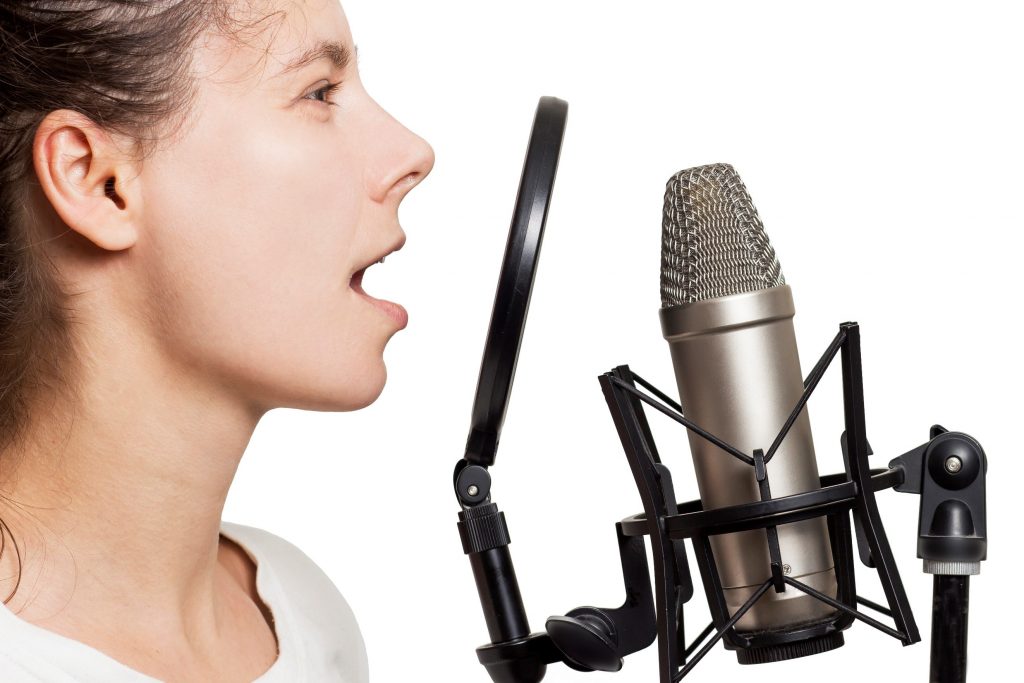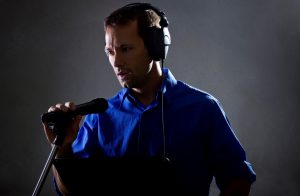
Twenty-first-century voiceover recording has evolved. Previously a voiceover artist, filmmaker and end client (amongst others) would gather together in a recording studio to record a voice track to a film, corporate video or audiobook.
In recent years, technology has altered the process. Now, the whole thing can happen remotely and in a fraction of the time. However, this has impacted accepted etiquette, so how can you make sure you’re sticking to the rules?
How have things changed?
Essentially, remote processes make everything more accessible and flexible and this is true of voice recording. Without the need for physical presence, the obstacle of diary organisation is removed. However, what has replaced this is a requirement of heightened honesty and consideration.
For artists, remote recording can lead to the temptation to stop considering your appearance. Try not to! Dress the part and it will be reflected in your voice. Particularly key is the issue of illness. You wouldn’t turn up to a studio sniffling and coughing, so you should extend the same courtesy for remote recordings. Be honest if you are experiencing anything that will affect the sound of your recording.
What about engineers?
Within a studio, a good sound engineer is invaluable. Their knowledge and experience should never be overlooked or ignored. Within a remote environment, they don’t necessarily play a part as the artist downloads a completed track from their studio set up.
Therefore, everyone needs to be a bit of an engineer now – post production engineering is now much more advanced and more radical changes can be made. In this way, it is important for clients and artists to conduct their recording session in a way that is sympathetic to those who may be manipulating the voice files after the session has taken place. Be that yourself or another colleague or associate.
Unspoken communication
While a section of voice track is being recorded, there is no need for eye contact, indeed many artists avoid it in order to retain an optimum position with the mic. In this regard, remote recording has made little difference.
However, face to face contact in the studio would enable director, client and artist to gauge how a session is going. Since this is missing in a remote recording, it is important to be clear and honest when dialling in to a voiceover session. Tread the line carefully, it is always best to remain on good terms with associates so be honest without being rude!
Remaining prompt
This is relevant whether you are meeting in a studio or dialling in to a remote recording session. Everyone’s time is at a premium these days – advances such as remote recording haven’t released time but simply enabled professionals to fit more in! So be respectful to those you are working with and don’t leave them hanging on the line.
Cut yourself off
When you record in a studio, you are expected to go incommunicado from the outside world. This stands true for remote recording sessions too. In a world where we expect to multi task and remain accessible at all times, this can feel alien. However it is vital, whatever your role in the remote recording session, for your attention to be entirely at the job in hand. Artists should not have a mobile phone disrupting the track. Clients should not be attempting to answer emails on the side.
It is true that technology has changed the manner in which we can approach voice recording. On the whole it has improved and eased the process. So really, the key in achieving the best recording for directors, clients and artists is to be a bit old fashioned as far as etiquette goes. All parties should treat the session with the respect that would be demanded if they were physically present in the session.


 The voiceover world, as with a lot of industries has undergone a huge transformation over the last decade. Gone are the days where every voiceover involved a visit to a swanky Soho studio and boozy lunch afterwards. For the most part, those jobs have largely disappeared. That’s not to say that the voiceover has disappeared. In fact far from it. In this age of 24 hour contact-ability and instant information, the voiceover is more relevant than ever. Any website worth its salt will have a video nowadays and that video more than likely will have a voiceover.
The voiceover world, as with a lot of industries has undergone a huge transformation over the last decade. Gone are the days where every voiceover involved a visit to a swanky Soho studio and boozy lunch afterwards. For the most part, those jobs have largely disappeared. That’s not to say that the voiceover has disappeared. In fact far from it. In this age of 24 hour contact-ability and instant information, the voiceover is more relevant than ever. Any website worth its salt will have a video nowadays and that video more than likely will have a voiceover.


